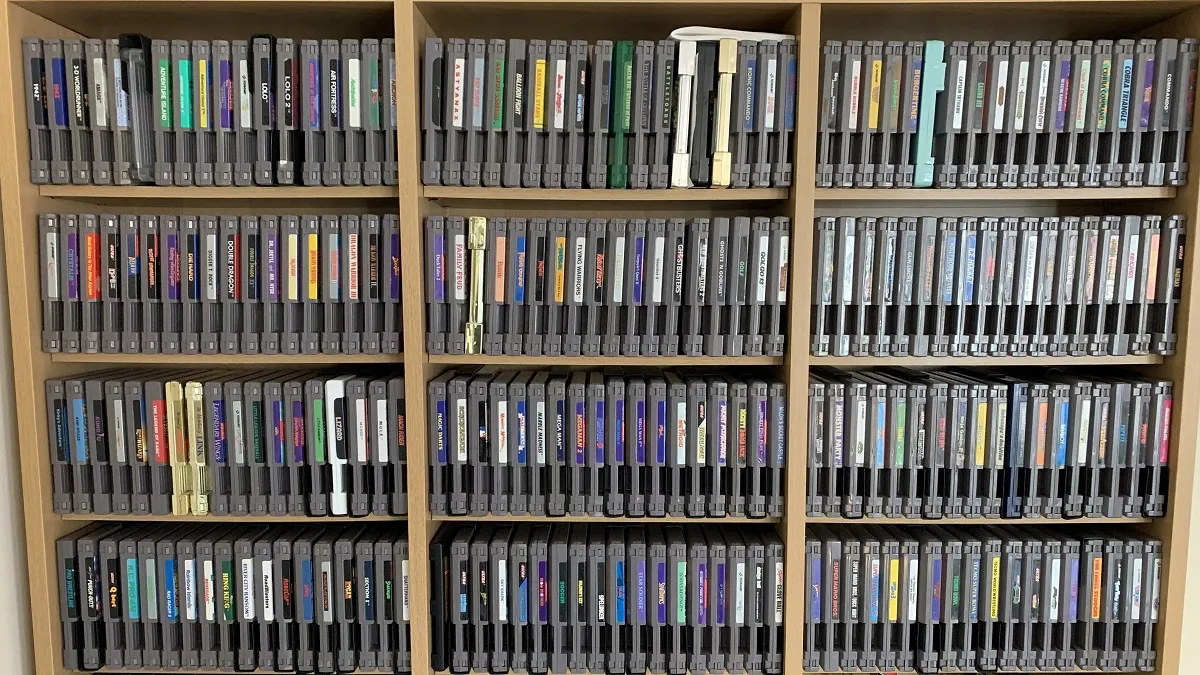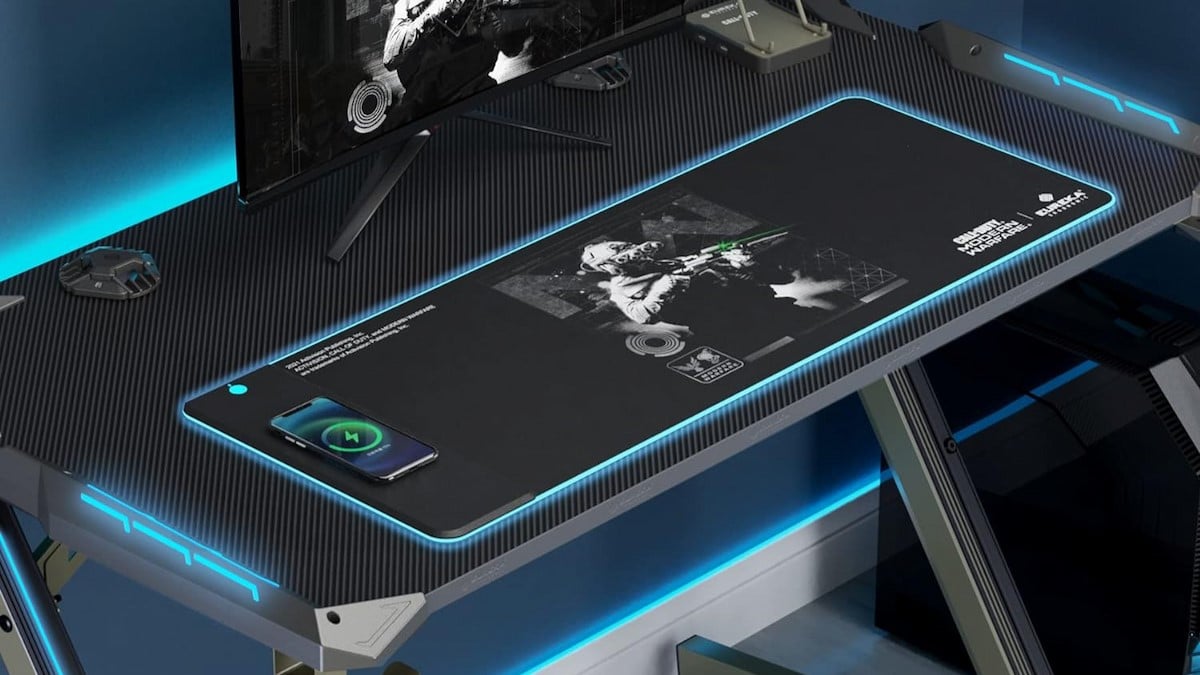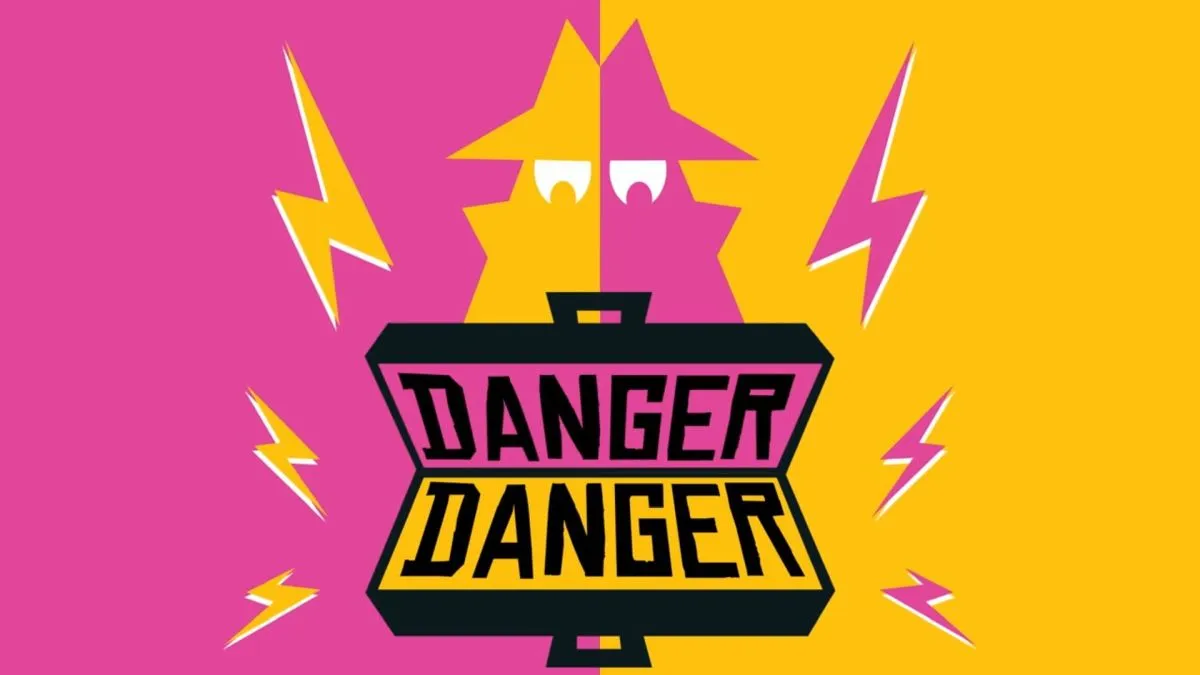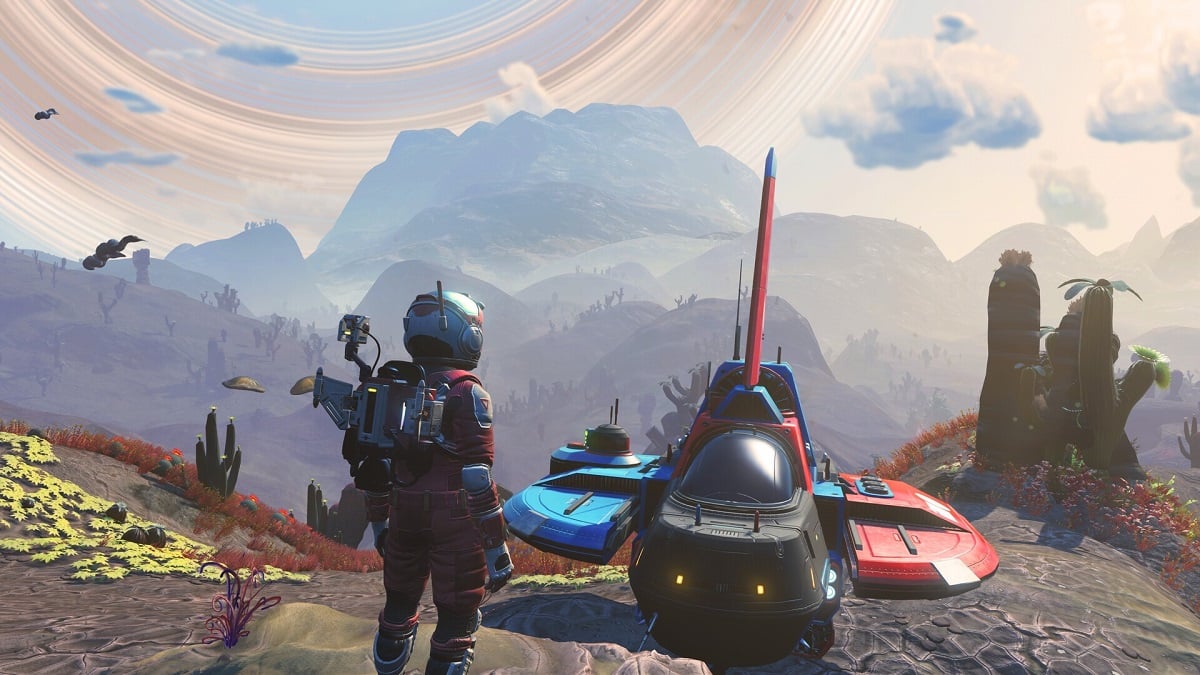I technically never stopped playing retro games. When I had my Gamecube, I was still playing games on my SNES. However, around that time, I also bought an NES. The games I got with it – games like Total Recall and Kid Icarus – had me convinced that I just hated games on the NES. It wasn’t until I was introduced to a couple of games on this list, that retro gaming truly opened up to me.
I do believe that games age, but mostly on a technical level. Poor framerates and blurry graphics can make it difficult to return to an early 3D game. Their design, on the other hand, is rarely completely superseded. Video game development really just goes through trends. Right now, there’s a particular style of game that is favored by gamers, but this was different 10 years ago, which was different 10 years before that.
As such, it’s more of a matter of acclimating to the design climate of the time period, which can be difficult if you don’t know where to look. Maybe I can help. The following is a list of games that may provide you with a gateway into retro gaming. These aren’t necessarily what I consider to be the “best” games in general, but they’re ones that, if you’re reluctant but curious to try older games, might be a good place to start.
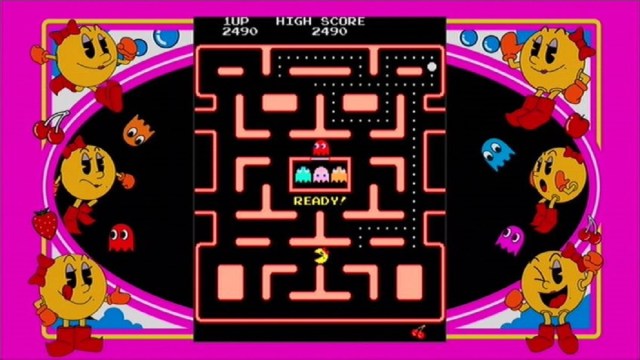
Ms. Pac-Man (1982, Arcade)
Have you not played Pac-Man? Games of the golden era of video games (before the 1983 crash) can be a little dry for newcomers since they are more about competition through repetition. Whether you’re playing by yourself or challenging others, you’re still doing the same thing repeatedly, building skills, and trying for the best outcome. They tend to lack the progression that helps keep you glued to more modern titles.
Pac-Man is one of the retro arcade titles that are still easy to enjoy today, and that’s partially because, on a surface level, it’s more dynamic and harder to predict. Instead of simply learning patterns and strategies, you’re also decoding the personalities of the four ghosts that chase you.
Ms. Pac-Man is an improvement over the first game in just about every way. There are more mazes, more dynamic ghosts, and a more attractive protagonist. Yum. It’s just too bad it was made without Namco’s permission. Now, because of various rights issues, Namco prefers to pretend it never happened. But we know better. And if you’re able to get your hands on a port of it, it’s a great jumping point for getting into the earliest days of gaming.
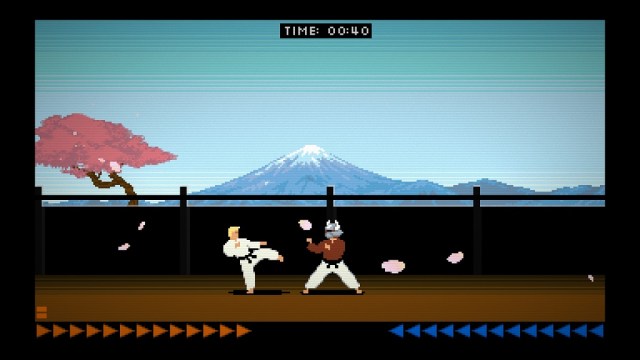
The Making of Karateka (2023, Various)
Karateka on its own, is probably not going to sway you to playing retro games. Originally released back in 1984 for the Apple II, it looks and feels its age. That is to say, it’s relatively basic and short. It was landmark for its time, but it’s a bit harder to appreciate through modern eyes.
Digital Eclipse’s The Making of Karateka, however, puts the title in a new light. It’s a digital documentary that supplements the game with behind-the-scenes information and interviews. In this way, it frames Karateka in a way where, rather than just being a game that you play, it’s the result at the end of a journey. It helps build an appreciation for the industry, for the creative process, and for the creators who make them. There’s a story behind every game, and by learning these stories and understanding the process, you can foster a more meaningful appreciation of not just retro games but video games in general.

Punch-Out!! (1987, NES)
The gameplay in the NES port of Nintendo’s 1984 boxing game is so refined and so unique that it’s timeless. Outwardly, you might be expecting a competitive boxing title, but Punch-Out!! is actually a much simpler game of pattern recognition and reflexes. It’s a series of battles where you must memorize the tells and movements of a progression of stereotypes until you come out on top. Or probably not. I’ve been playing the game for years and haven’t been able to beat it.
If you’re hesitant, there is a less old 2009 version of Punch-Out!! for the Wii. The kicker is that they barely had to change anything aside from the graphics. However, it might give you a taste of what you’re in for.
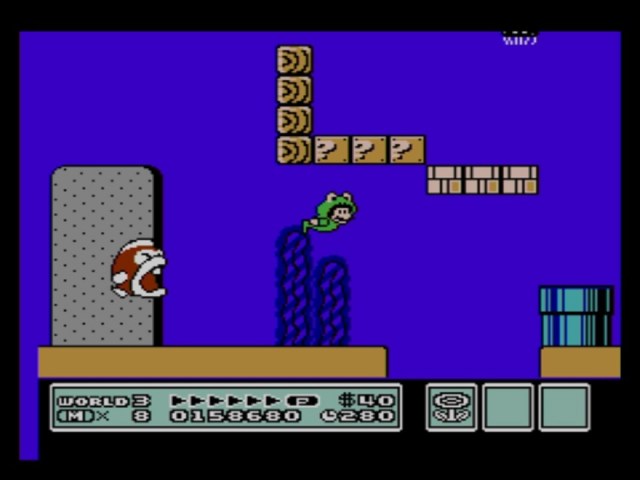
Super Mario Bros. 3 (1988, NES)
The Super Mario series has long been considered a great entry point for newcomers, not just for the genre but for video games in general. As such, it’s hard to beat Super Mario Bros. 3 when it comes to easing into the bygone generation of platformers.
Quite simply, it hasn’t aged like other platformers of the ‘80s. Nintendo pulled out all the stops when it came to working around the limitations of the NES, which allowed them to become a lot more creative with the level design. There’s an endless amount of variety across the worlds, and while the later stages of the game can get pretty difficult, by then, Super Mario Bros. 3 will probably have its hooks in you.
If I have one reservation, it’s that Super Mario Bros. 3 will only superficially help you get into retro games. Mario 3 is sort of in a league of its own. There’s no real way to gracefully go from this to, say, Castlevania, because, while I consider that to be a better, meatier game, it’s a completely different ballgame.

Out Run (1986, Arcade)
Polygonal 3D racing games have largely superseded the quasi-3D raster effect that powered some early racing games like Out Run. The raster method was, after all, a visual trick to give the impression of a 3D environment, and once you can do that for real, you don’t need tricks anymore. However, Out Run differentiates itself from modern racing games just through its basic concept.
While most racing games are about, er, racing, Out Run is simply about driving. The only thing you’re racing against is the clock as you speed down the highway, attempting to reach the next checkpoint before your time expires. There are other cars on the road, but they’re merely obstacles. They aren’t competing with you. And with a joyful and relaxing soundtrack that sucks you into the experience, it’s so much more about vibes than challenge. Other games have tried the same thing, but none have nailed it quite like Out Run.
The Sega Ages release of Out Run on Switch includes the option to turn off traffic altogether, making it simply an experience about driving your Ferrari along the scenic route at high speed without a care in the world.

River City Ransom (1989, NES)
Beat-’em-ups or brawlers are often a safe bet, as the core gameplay of the genre hasn’t really changed much since the beginning. The same is generally true about River City Ransom, as much of the gameplay is largely just throwing fists and feet at your opponents.
The big difference is that River City Ransom puts you in an explorable city and has you level up by eating food. The only real punishment that comes with death is that you lose half of your money and are sent back to the last shopping area. If you’re having trouble in any specific fight, you can always grind out a few coins and improve your stats before trying again.
I often say that River City Ransom is as much about shopping as it is about fighting, and in that way, it’s something of a precursor to the Yakuza/Like a Dragon series.

The Secret of Monkey Island (1990, PC)
The point-and-click adventure genre had its heyday in the ‘90s, died in the early ‘00s, was resurrected a few years later, and now has fallen to the side while more narrative and choice-driven adventure titles take the wheel. One of the best pockets of retro titles you can delve into is the Lucasarts SCUMM adventures of the ‘90s. I’m speaking on anecdotal evidence, but I feel like these games are a sort of pilgrimage for anyone stepping into retro gaming.
The best place to start with these is 1990’s The Secret of Monkey Island. Technically it’s a follow-up to games like Maniac Mansion and Zak McKracken, but here is where I feel they hit their stride. The Secret of Monkey Island is funny, surprising, and doesn’t lean too heavily on cryptic puzzles. As a warning, these sorts of games can be extremely overwhelming when you first drop in and find yourself inundated with all kinds of interactive distractions. However, if you stick with it for just a little while, you’ll most likely grow comfortable.

Retro Game Challenge (2007, DS)
Sometimes, you need to build up your context for retro games before you can really appreciate them, which is very difficult to do in a modern world full of collections and subscription services. Retro Game Challenge for DS has you transported back to the ’80s and the Famicom’s heyday. While all the games in this collection are fictional, they were made to represent what was popular at the time, as you advance through the years.
Each game presents a number of challenges which ranges from dead simple to a bit off the beaten path, which allows you to progress quickly without needing the skills to completely topple the games. However, the most important part of this is the way it captures the time period. Its depiction of history is more based on the Japanese experience, having been based on the Japanese show, GameCenter CX. However, the way it drags you back to the era and immerses you in it through magazine issues and rumors provided to you through child-version Arino can help build an appreciation of how things were back then.

Street Fighter II (1991, Arcade)
Fighting games changed forever after the arrival of 1991’s Street Fighter II, and they really haven’t changed all that much since then. Because of this, Street Fighter II plays just as well today as it did in the ‘90s.
I’d say it’s impressive that any game got its formula so perfect on the first attempt, but it really didn’t. The original 1987 title relied too heavily on an arcade gimmick where the strength of your attacks relied on how hard you pressed the buttons. As a result, it was really inaccurate and not all that much fun to play. Street Fighter II, on the other hand, made incredible use of its six buttons, giving its handful of characters a varied array of moves.
Street Fighter II was so popular it kicked off a boom in both arcade titles and fighting games in general. The marketplace was quickly swamped with pretenders trying to live up to this game, and admittedly, some did. But while there are flashier, better-looking, and more advanced fighting games to play, it’s hard to deny that the best place to start is with the Godfather of them all, Street Fighter II.

The Legend of Zelda: A Link to the Past (1991, SNES)
It’s hard to do wrong when picking up a Legend of Zelda game (though, I’d at least recommend you stay away from Adventure of Link), but The Legend of Zelda: A Link to the Past is arguably the entry that is most timeless. The NES titles tend to be unfriendly to newcomers, while the N64 games have the early 3D barrier. Link to the Past, on the other hand, contains everything that makes the series great without compromise.
Moreover, it contains colorful graphics, joyful controls, and one of the best soundtracks of the era. Its presentation is downright legendary. There’s very little to complain about with Link to the Past, which makes it the best way to get into the series.

Mega Man X (1993, SNES)
The NES Mega Man series is the gold standard of platformers, but they can still be a bit intimidating if you’re new to the series. So, instead of jumping into Mega Man 2 (which isn’t a bad choice, honestly), Mega Man X on the SNES is your best bet for not only getting into the greater series but for this particular flavor of platformers in general.
Mega Man X took the hop-and-shoot gameplay of the classic series and made slight tweaks that had significant repercussions. The simple addition of more verticality in stages changes the flow of the game entirely, and the Blue Bomber’s new dash ability makes everything faster.
But, more importantly, it’s less difficult than most of the classic series. This isn’t simply because the bosses are easier or that there’s less instant death; it’s because there are more options for you to get out of trouble. You have more ways to recover from small mistakes. As such, it’s a great way to ease your way into the platforming genre in general.

Banjo-Kazooie (1998, N64)
The early 3D era of video games is arguably the hardest one to get into. While there was a great deal of experimentation as the industry adjusted to the new dimension, it also came with a lot of missteps, technical issues, and intrusive jank. There are some great experiences in that era that don’t get the spotlight very often, so learning to adapt to the shortcomings of the time period can be extremely rewarding.
Banjo-Kazooie is one of the few games of its genre that doesn’t suffer from a lot of control and camera issues. Well, truthfully, the camera isn’t great in the original N64 release, but it isn’t bad. It’s fixed in the Xbox 360 HD remaster, so that might be something to consider.
Rare built Banjo-Kazooie on the foundation laid by Super Mario 64. A lot of the eponymous bird and bear’s techniques are almost exactly copied from Nintendo’s exploratory work. However, for their title, the developers simplified and refined the controls. The result is an extremely beginner-friendly 3D platformer. It’s not without its frustrations, but it’s a good starting point for newcomers.

Metal Slug (1996, Arcade)
The run-and-gun sub-genre of sidescrolling games is notoriously brutal. They typically require fast reflexes and keen pattern recognition skills. In a lot of ways, Metal Slug is no different. Originally developed for the Neo Geo MVS arcade platform, part of its design is based around eating quarters. As such, there’s instant death, relentless enemies, and tricky boss encounters.
However, this is eased in a lot of console ports. Usually, there’s an option for unlimited continues, which removes much of the punishment for death. In this way, it’s easier to appreciate some of the best pixel art to ever hit a CRT screen.
It’s hard to go wrong with choosing a Metal Slug game to start with. My suggestion is to at least play the first, X, and 3. They’re generally 45 minute to an hour-and-a-half to complete, so you can burn through all three in an afternoon.

